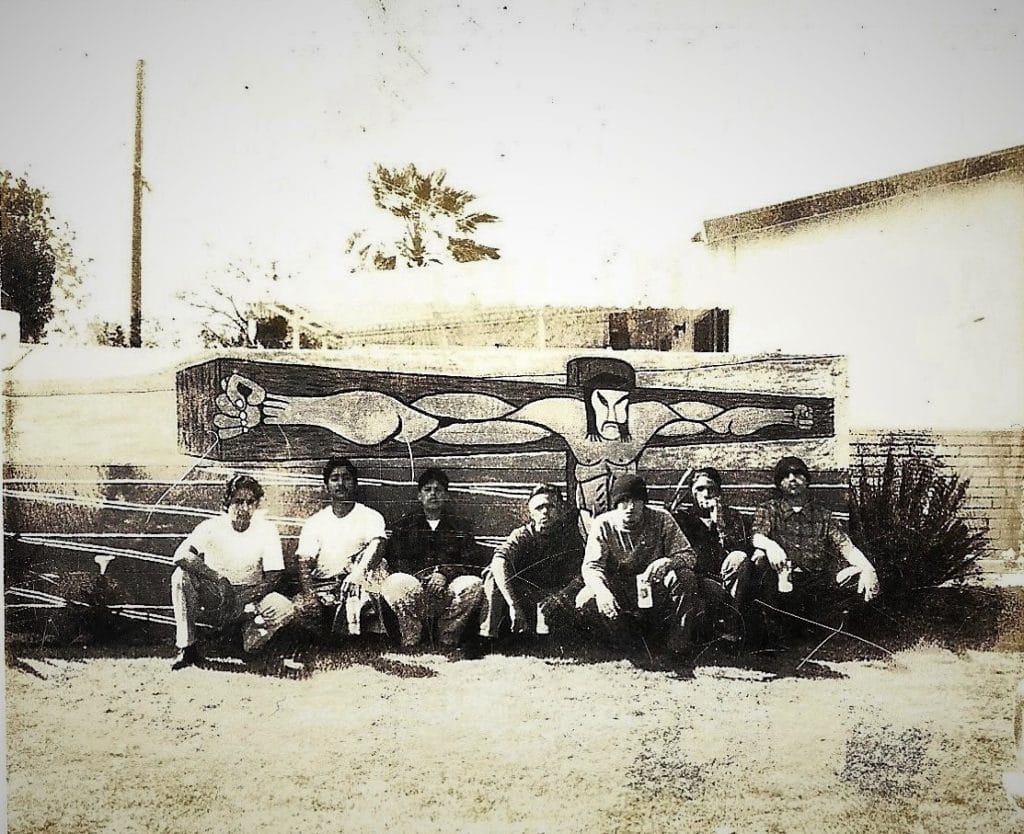Running for El Monte City Council? Here’s Some Required Reading

This fall, when a local newspaper quizzed candidates running for the El Monte City Council, the paper gave each of them a questionnaire.
Along with the usual questions—on law enforcement, on budgets and finance, on their professional experiences—it asked something more unexpected.
Had they read East of East: The Making of Greater El Monte?
The book—which was published earlier this year by lead editor and new CGU faculty member Romeo Guzmán and his colleagues—takes aim at important questions of race, culture, identity, and forgotten history in El Monte, a city located just 20 miles west of Claremont.

“East of East” gathers together 31 essays tracing the experiences of this Southern California community over three centuries.
With wife Carribean Fragoza—who co-edited the book along with two other editors and serves as coordinator of the Kingsley and Kate Tufts Poetry Awards— Guzmán also runs the South El Monte Arts Posse (SEMAP), a collective of artists, writers, educators, urban planners, and others.
The collective explores ways to engage with the El Monte community in organic ways to tell its history. That emphasis on community interaction and engagement is central to public history, a field that Guzmán previously explored as a professor at Fresno State.
At CGU he says his students will develop the kinds of skill sets essential to this historical approach and learn how to make individuals or communities, like El Monte’s, become active participants in telling their own histories.

East of East belongs to a larger effort by Guzmán, Fragoza, and SEMAP that includes developing curriculum for the El Monte Unified School District, a 2021 exhibit, a bike tour of forgotten city landmarks, a lost mural project, and more. SEMAP also asked artists to reimagine El Monte’s city logo in light of its overlooked history—and city officials are interested in seeing the results once they’re finished.
Guzmán said he’s grateful to his co-editors and the many contributors to East of East for creating a book that blends high scholarship with enough accessibility to draw the interest of general readers (like those city council candidates).
“It’s just really cool when you realize your book can matter this way,” he said, “when you realize that a book can have the potential to help a city rethink itself.”
- Learn more about “East of East” at Rutgers University Press